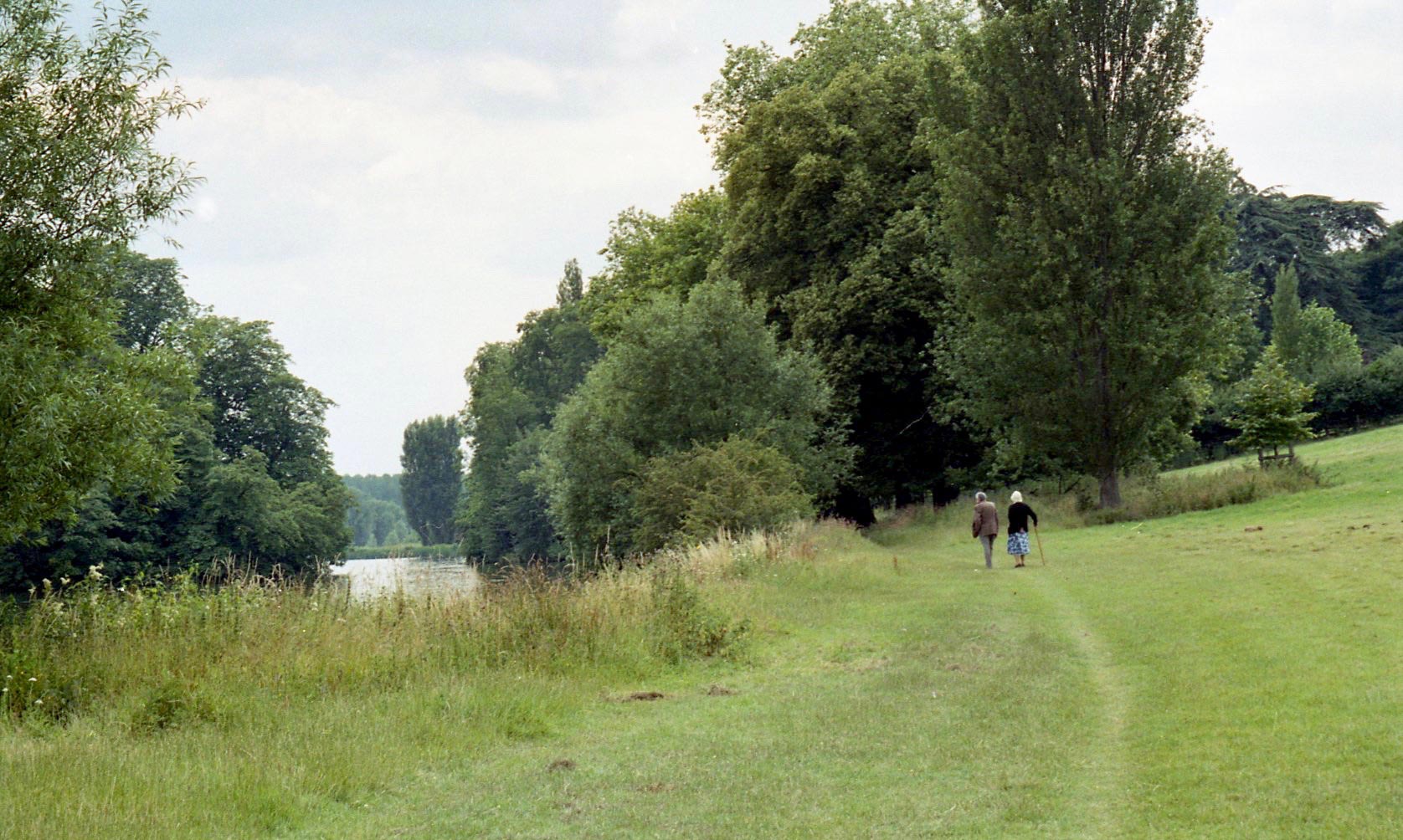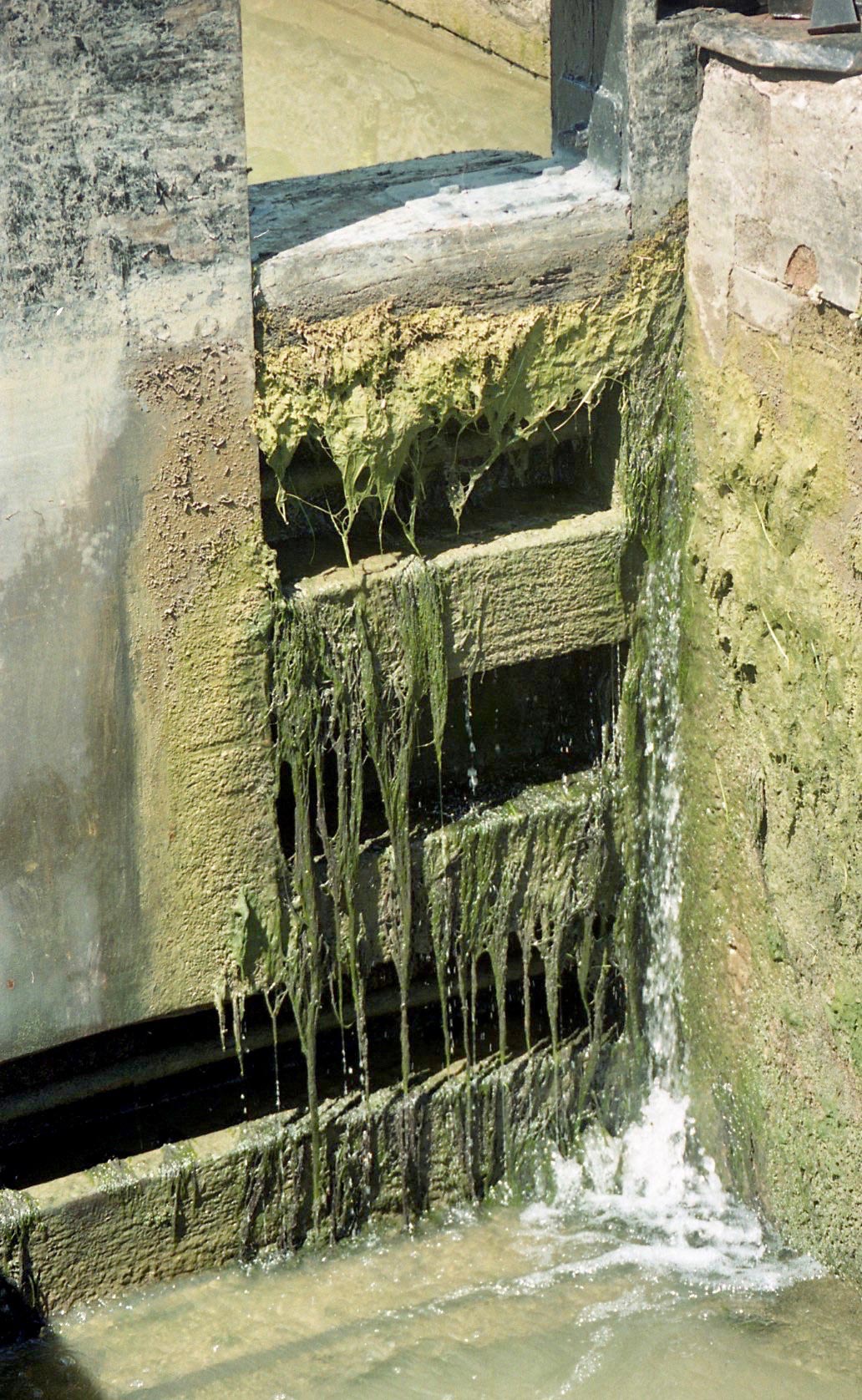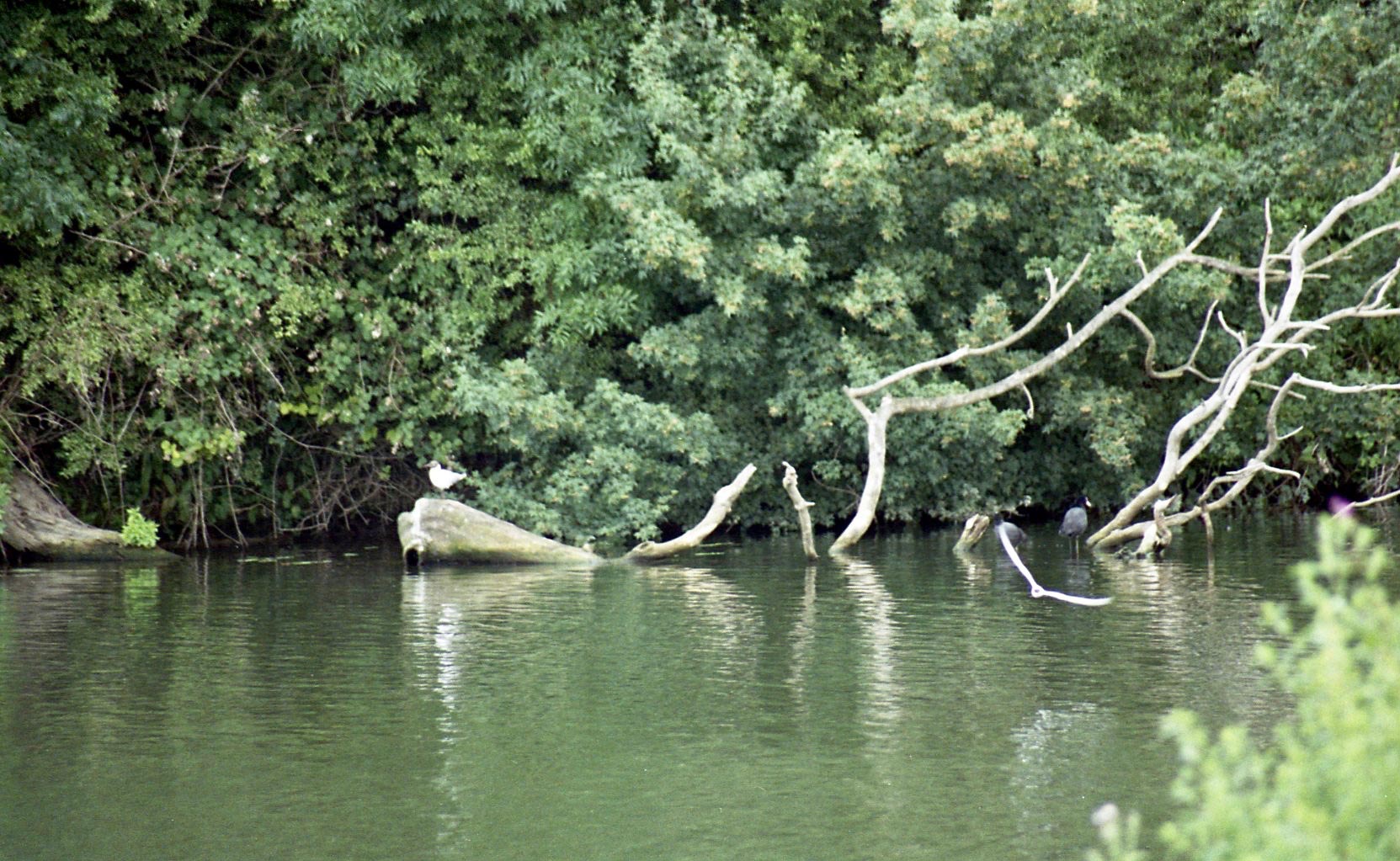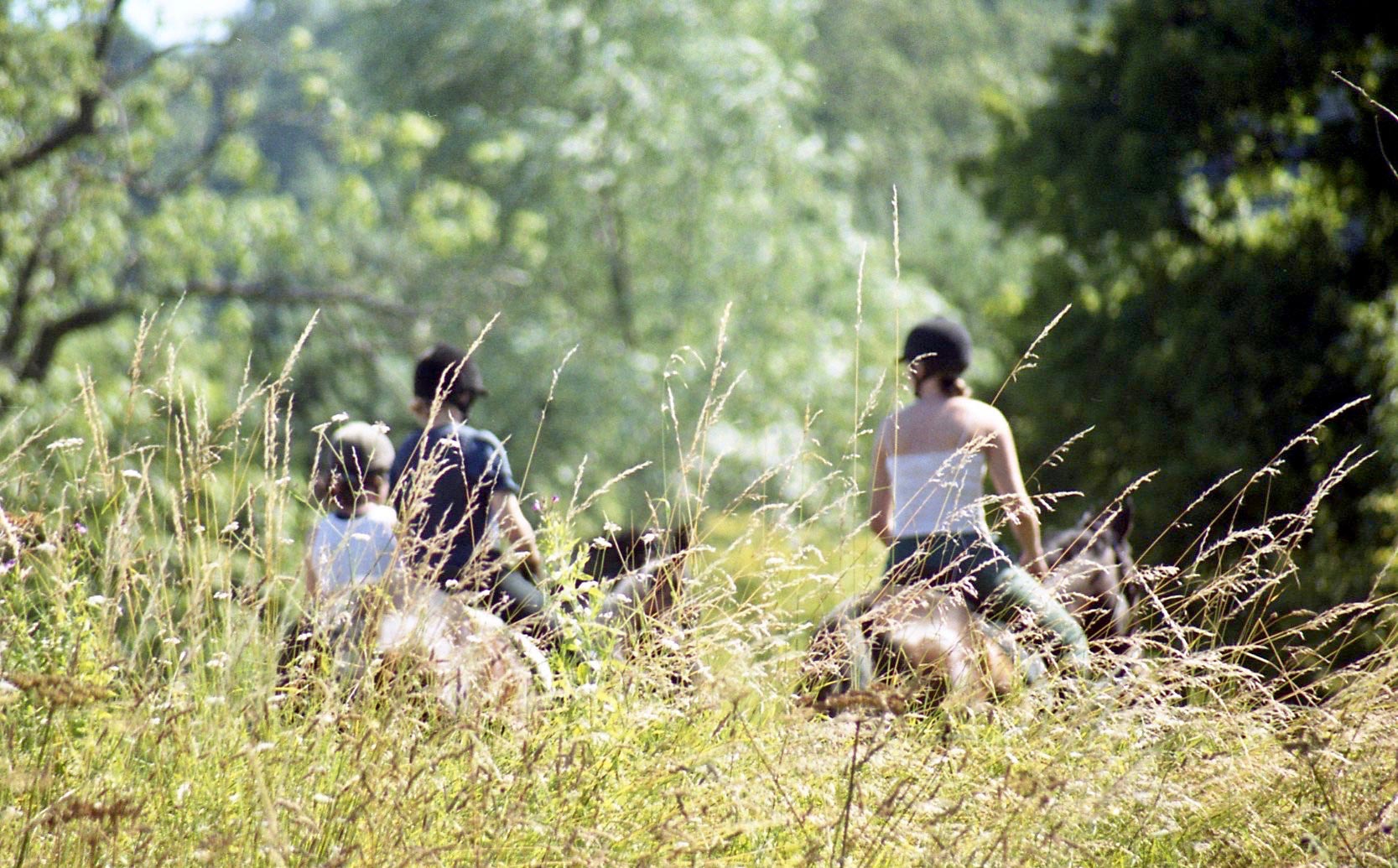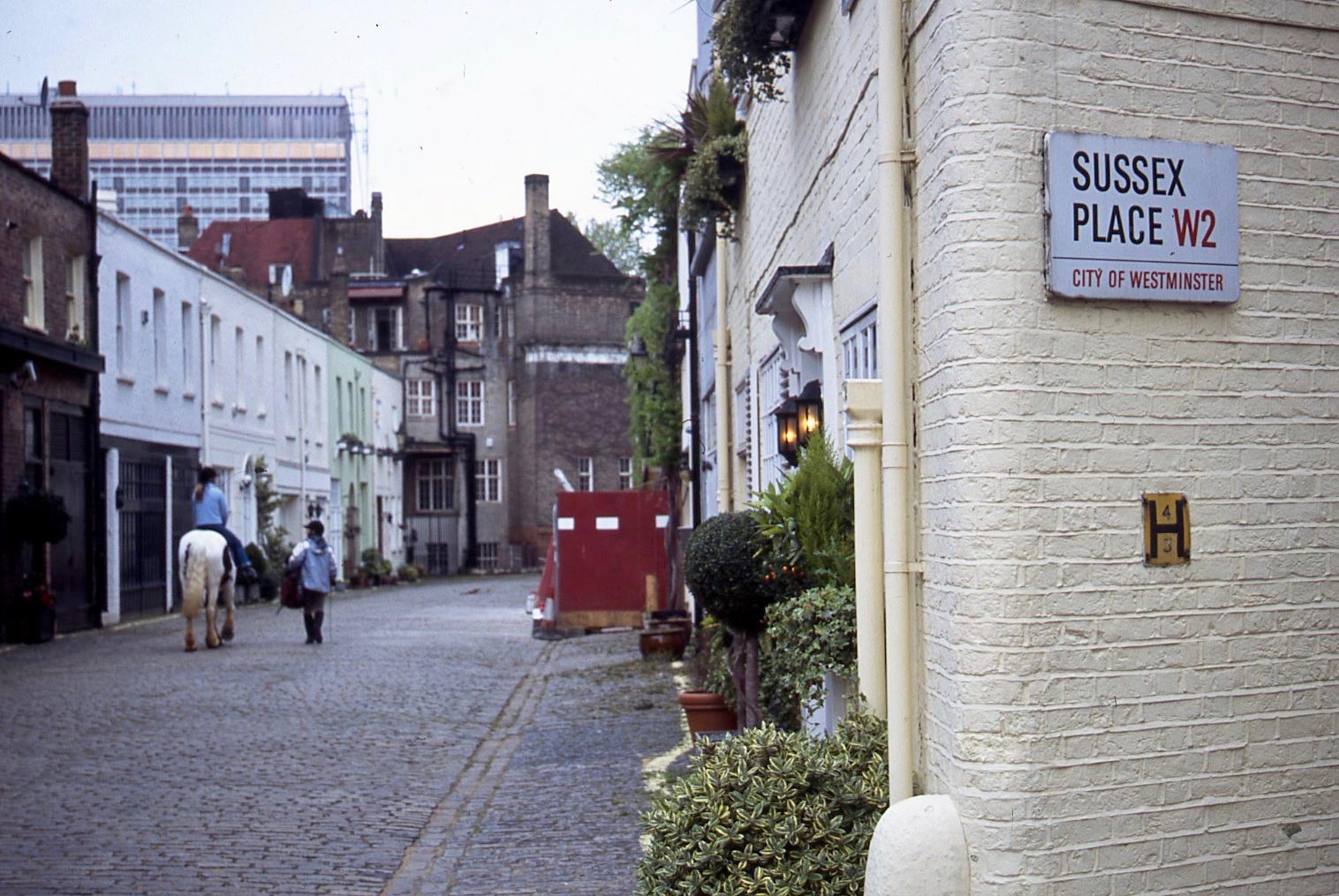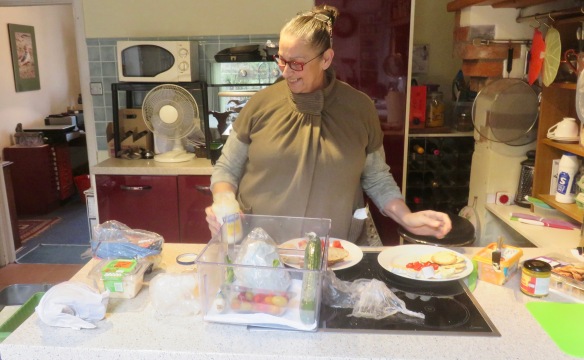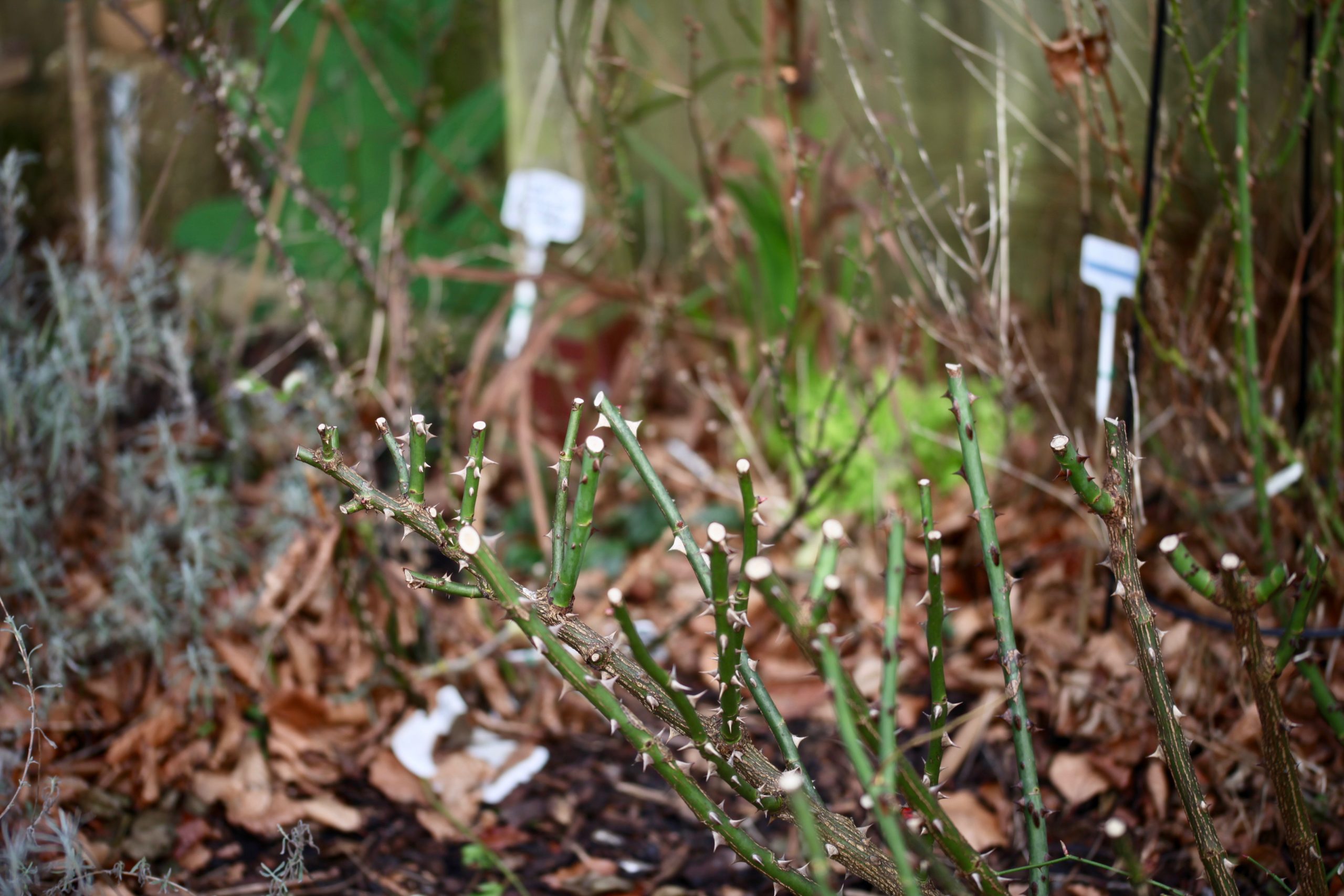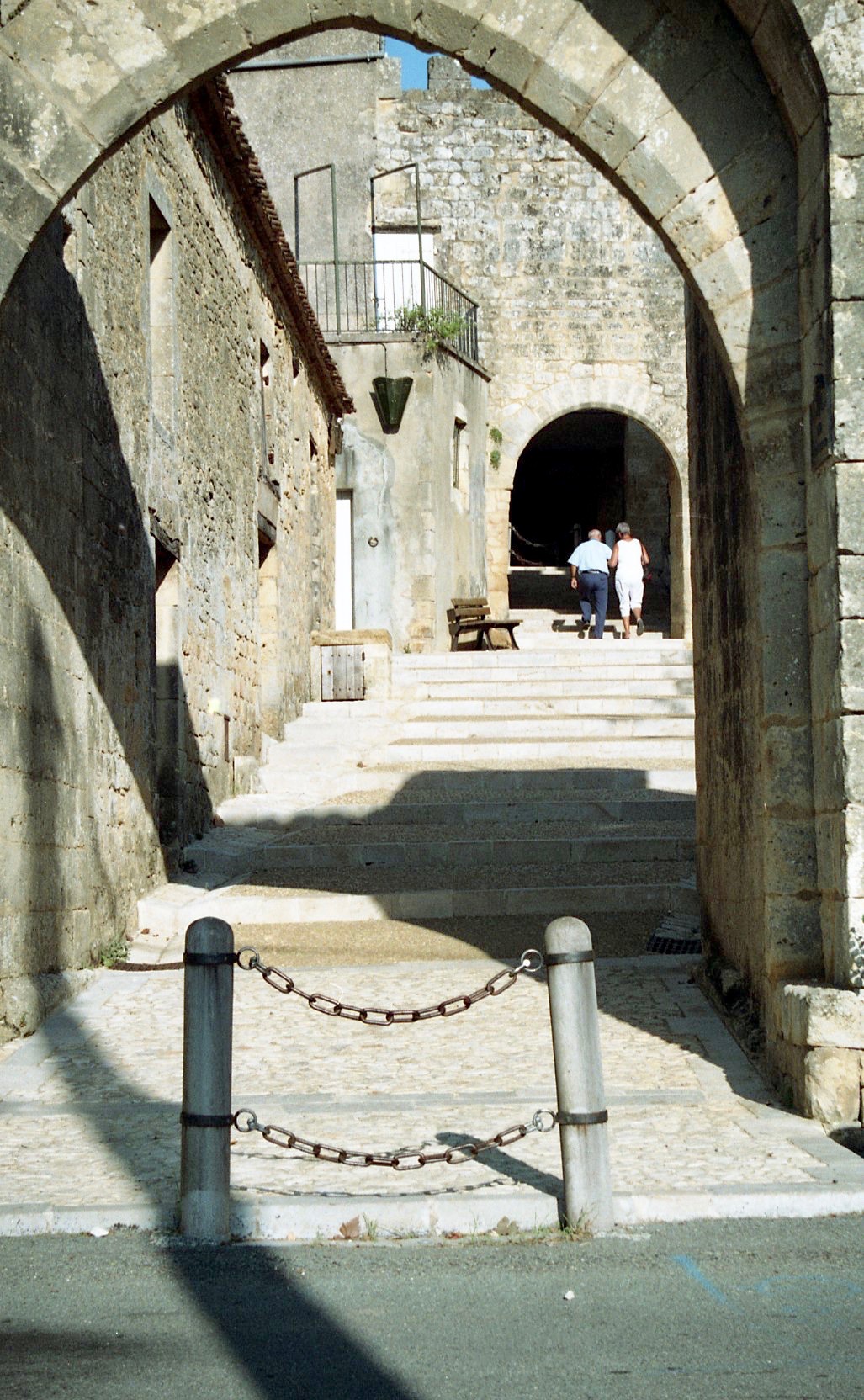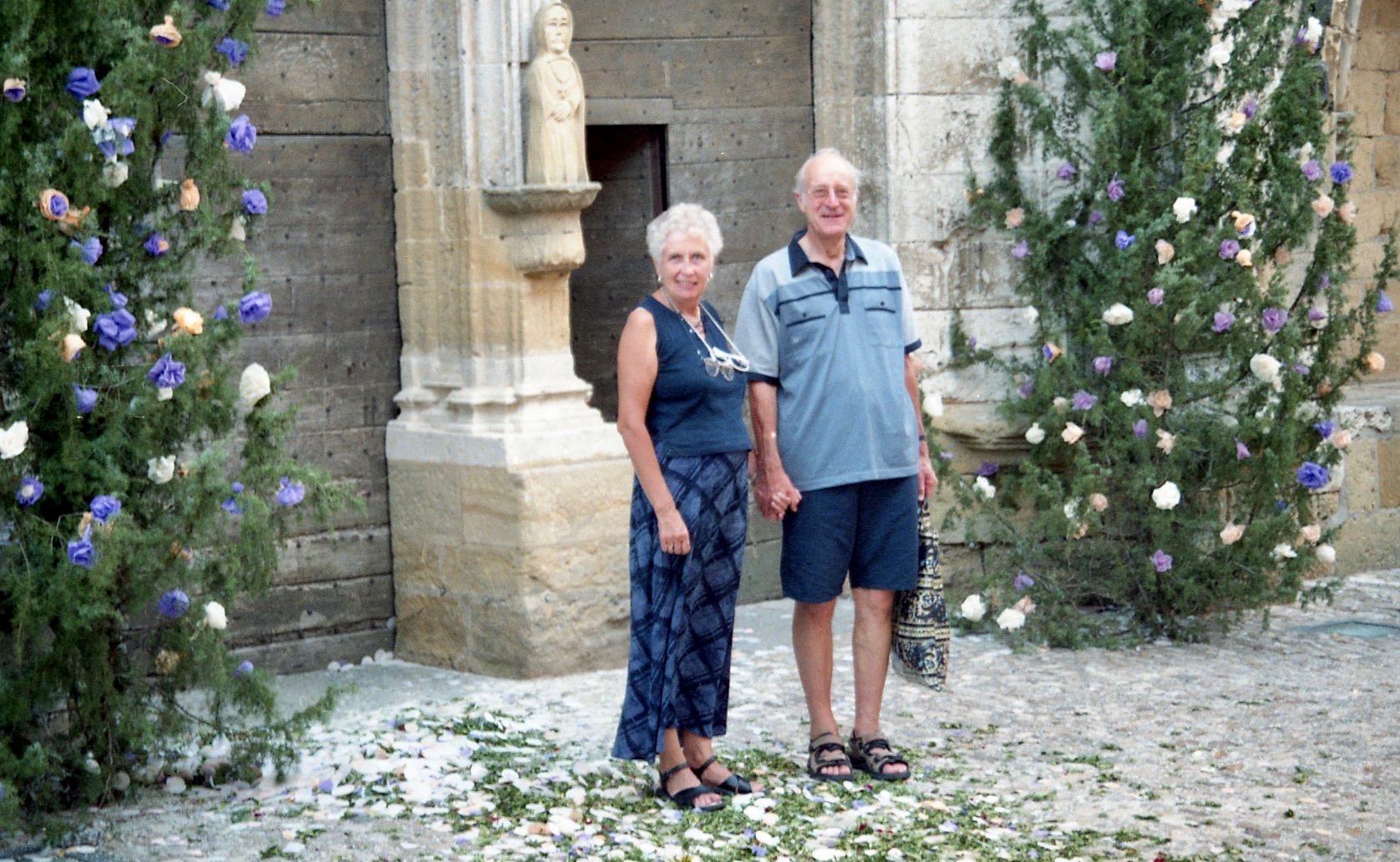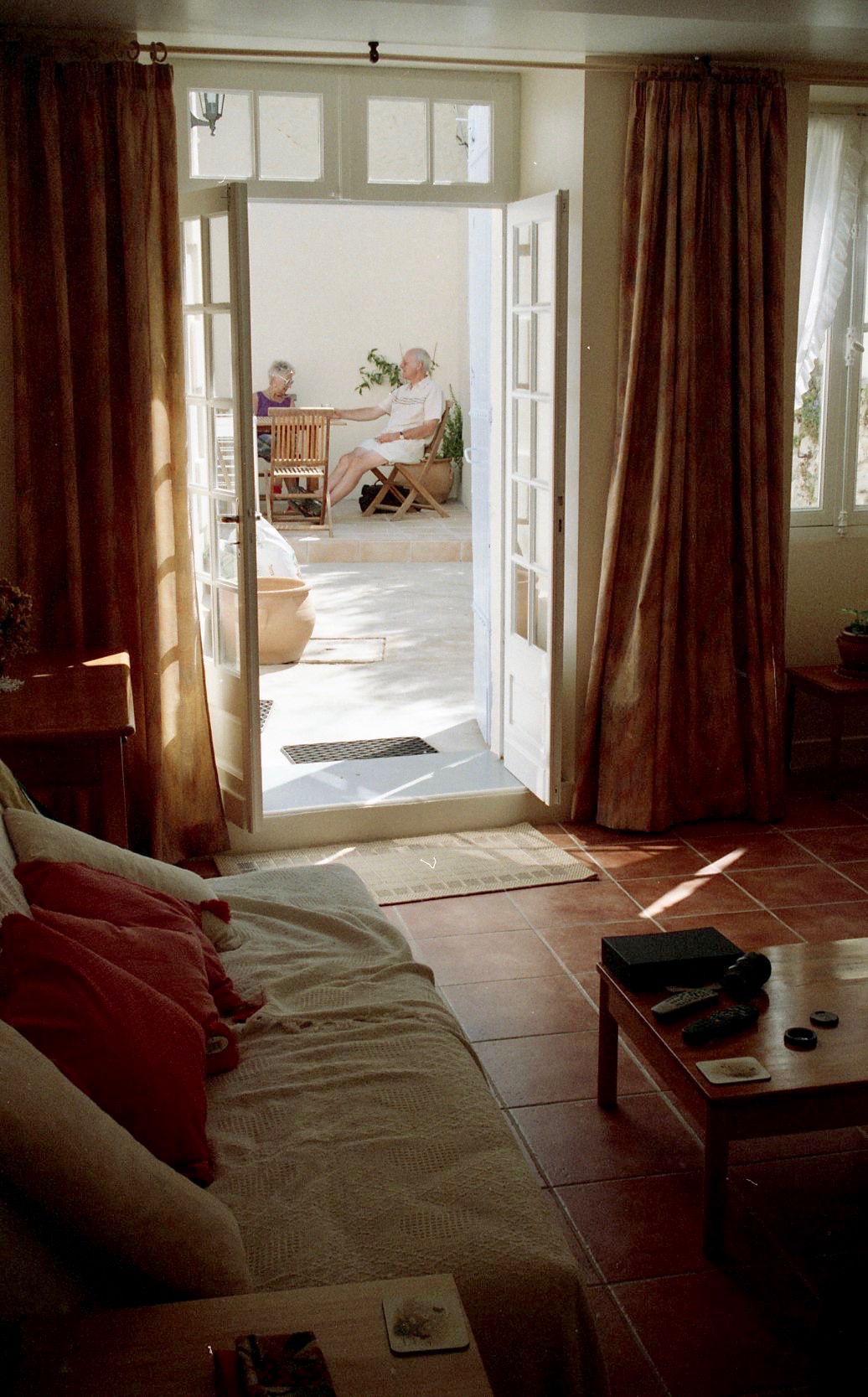CLICK ON ANY IMAGE IN A GROUP TO ACCESS ITS ENLARGED GALLERY
It rained all day today. Aaron, who could not work in such weather, came for a pleasant chat over a mug of tea.
I will not bore either my readers or myself with full details of today’s BT episode. But it does warrant a brief mention. Yesterday, as you know, I had been promised a phone call from a manager about the charge of £50 to change the name on my account. The young lady who telephoned me from India this morning was certainly no manager. When we came to an impasse she transferred me to someone in England. The best I could glean from her, after she had consulted with her manager, was that this could only be done free of charge was by changing the phone number then transferring it back. There was no guarantee that our existing number would be accurately returned. I told her, for the recording, precisely what I thought of her company, stated that it was only my reluctance to change our number and my e-mail address, that kept me with them; and that I wouldn’t bother to take her up on her kind offer.
Then I scanned another set of colour negatives from my longest walk.
I don’t usually tinker with the colours in my photographs, but I did have a play with these three landscape shots.
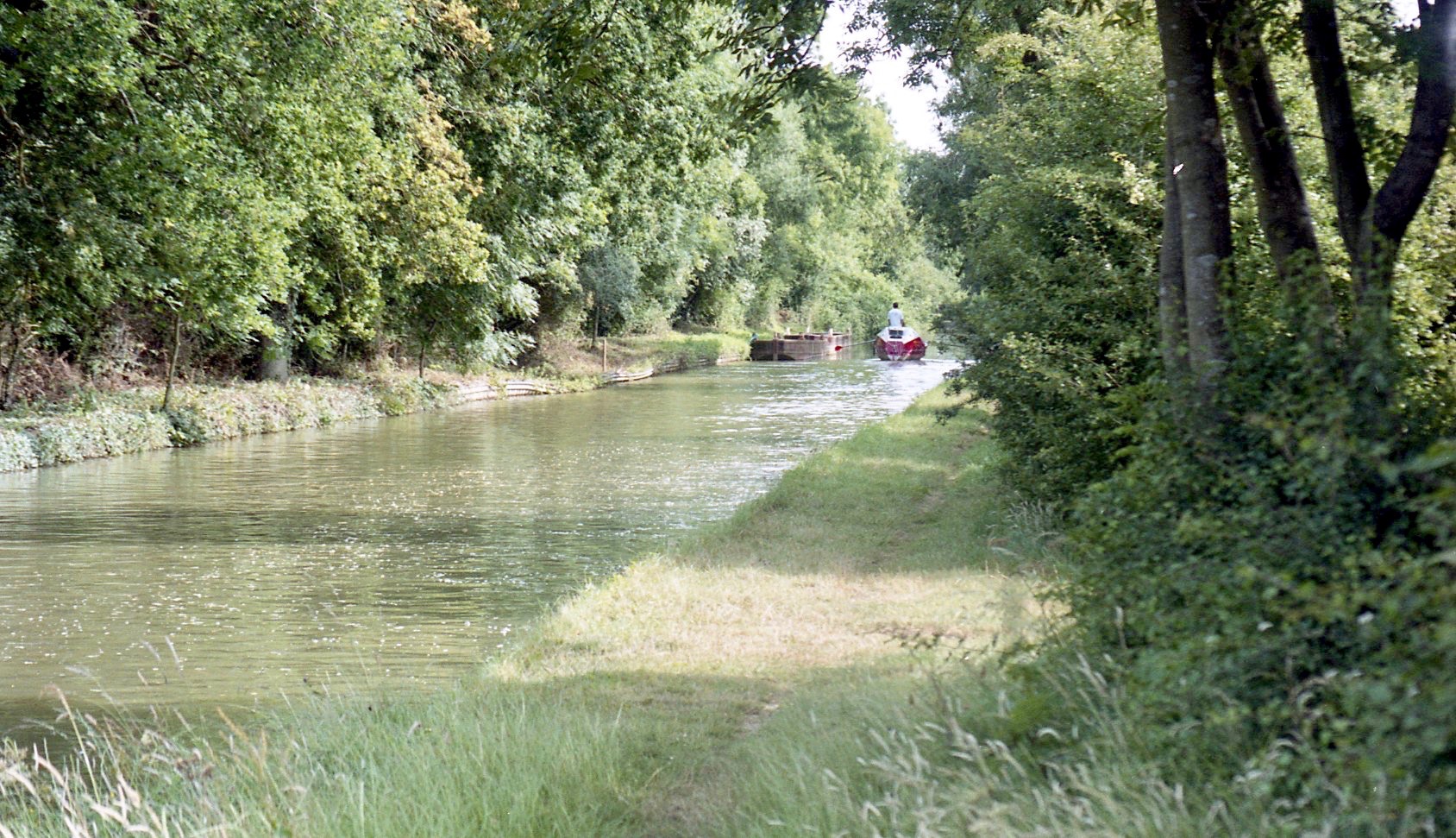
Beyond Oxford, Sam took to the Grand Union Canal
alongside which the footpaths were often completely overgrown, albeit
with pleasant wild flowers, such as meadowsweet and willow herb.
Of the many butterflies flitting about, I only recognised the red admirals. (See John Knifton’s comment below)

The shade from trees like this oak was often welcome in the heat of the day.
About the Foxton Flight of Locks, built between 1810 and 1814, Wikipedia informs us:
‘Foxton Locks (grid reference SP691895) are ten canal locks consisting of two “staircases” each of five locks, located on the Leicester line of the Grand Union Canal about 5 km west of the Leicestershire town of Market Harborough and are named after the nearby village of Foxton.
They form the northern terminus of a 20-mile summit level that passes Husbands Bosworth, Crick and ends with the Watford flight
Staircase locks are used where a canal needs to climb a steep hill, and consist of a group of locks where each lock opens directly into the next, that is, where the bottom gates of one lock form the top gates of the next. Foxton Locks are the largest flight of such staircase locks on the English canal system.
The Grade II* listed locks are a popular tourist attraction and the county council has created a country park at the top. At the bottom, where the junction with the arm to Market Harborough is located, there are two public houses, a shop, trip boat and other facilities.’
On the day Sam guided Pacific Pete down this staircase, family visitors were out in force. For once I was ahead of my son, and reached the locks in time to learn that the canal-side telegraph was buzzing with the news that a large rowing boat was on its way through.
The audience gathered to watch Sam use his giant oar to steer and propel the boat through the locks because there was no room to row.
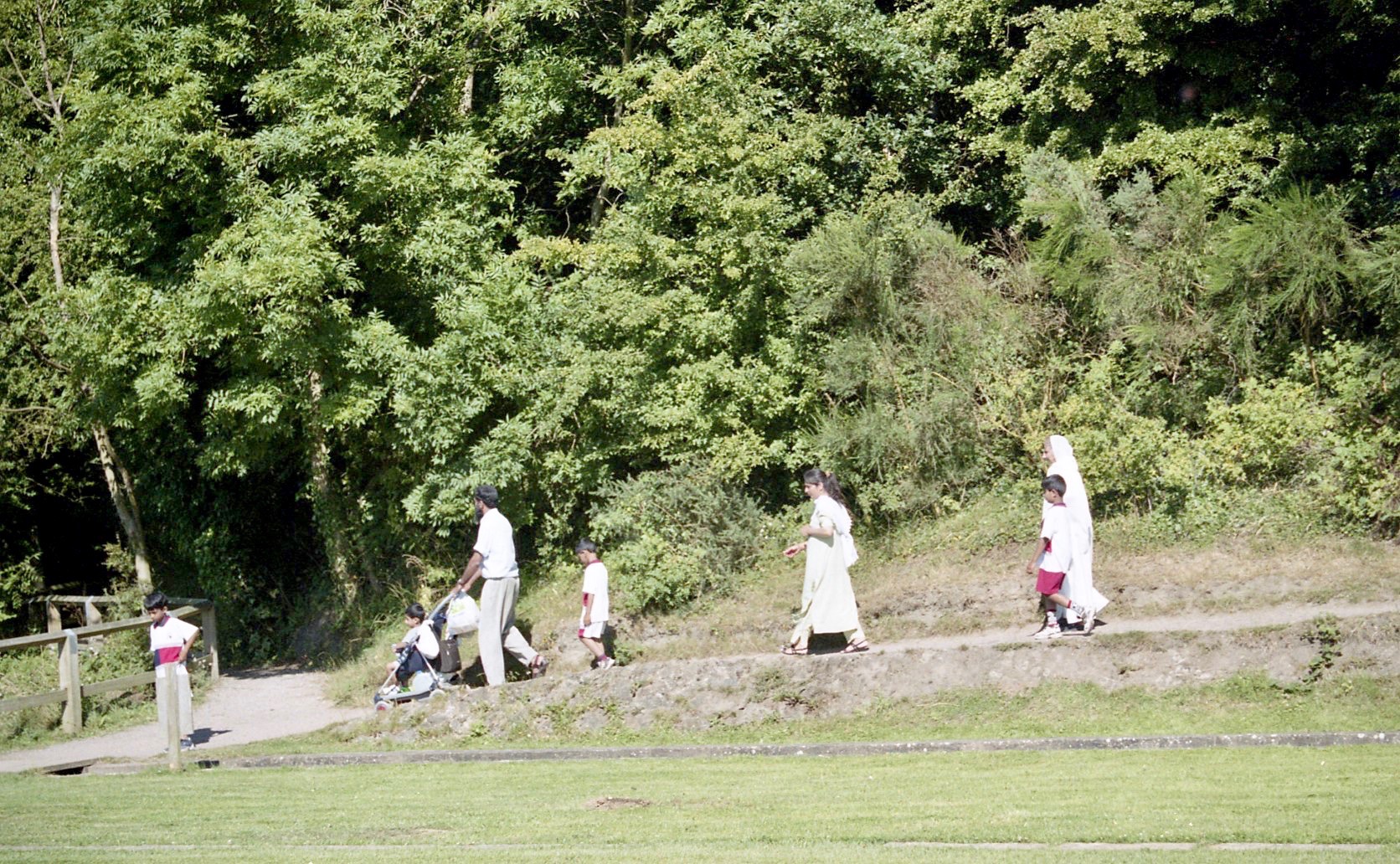
Did you notice the Asian man gesturing to his family in the first picture, and shepherding them over the bridge in the last, in order to lead them down the slope to see the rower on his way?

There had been no shortage of helpers to push the long balance beams operating the gates.
There were plenty of narrow boats on the waters, but no other ocean-going rowing boats.
This evening we dined on Jackie’s glorious sausage casserole; crisp carrots, cauliflower and red cabbage, and creamy mashed potatoes. She drank Hoegaarden and I finished Helen and Bill’s Malbec.
